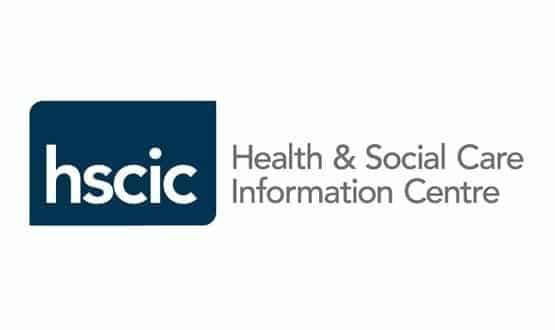A new interactive map shows the level of health benefit patients feel they gain from four common NHS operations under different providers.
The map, published by the Health and Social Care Information Centre, presents the annual results of the Patient Reported Outcome Measures programme.
Nationally, the levels of benefit patients reported from these operations have remained consistent since the first results in 2009-2010. However, the map and the report show significant variation across NHS providers on perceived patient health gain from hip, knee, varicose vein and groin hernia procedures.
Patients complete PROMs questionnaires about their health before and following surgery. One of several scoring systems used , called the EQ-5D index score, applies across all procedures, capturing different health aspects such as mobility, pain and depression.
Using this score to compare results, the report and map shows that about 87% of respondents recorded an improvement in general health after hip replacement surgery in the three years that PROMs has been reported. This was the highest percentage of the four procedures measured.
With regards to knee replacements, no providers were positive outliers in the last financial year and three were negative outliers, though that was down from six in the previous year.
In groin surgery, South Warwickshire NHS Foundation Trust was identified as the first positive outlier since PROMs first reported three years ago and for varicose vein surgery, there were no positive or negative outliers.
HSCIC chair Kingsley Manning said: “I am very pleased that the HSCIC is able to offer the public a new tool to make data more accessible on these key operations which thousands of patients undergo each year.
“By making our published data available in a variety of formats for patients, care users, the public, clinicians, policymakers and others the HSCIC can play a powerful role in improving health and social care outcomes.”

